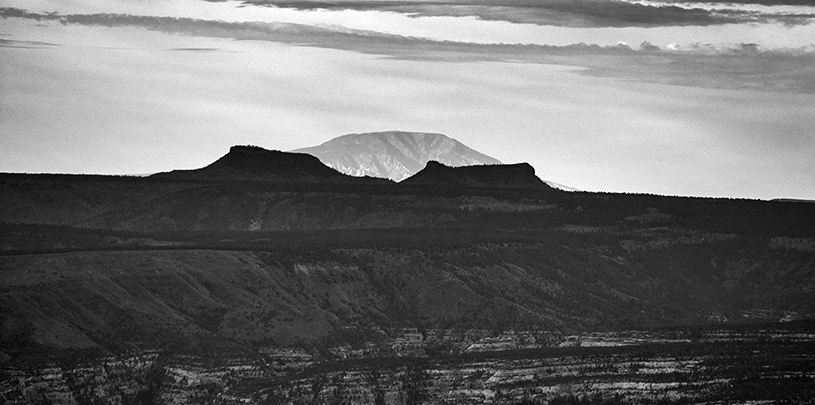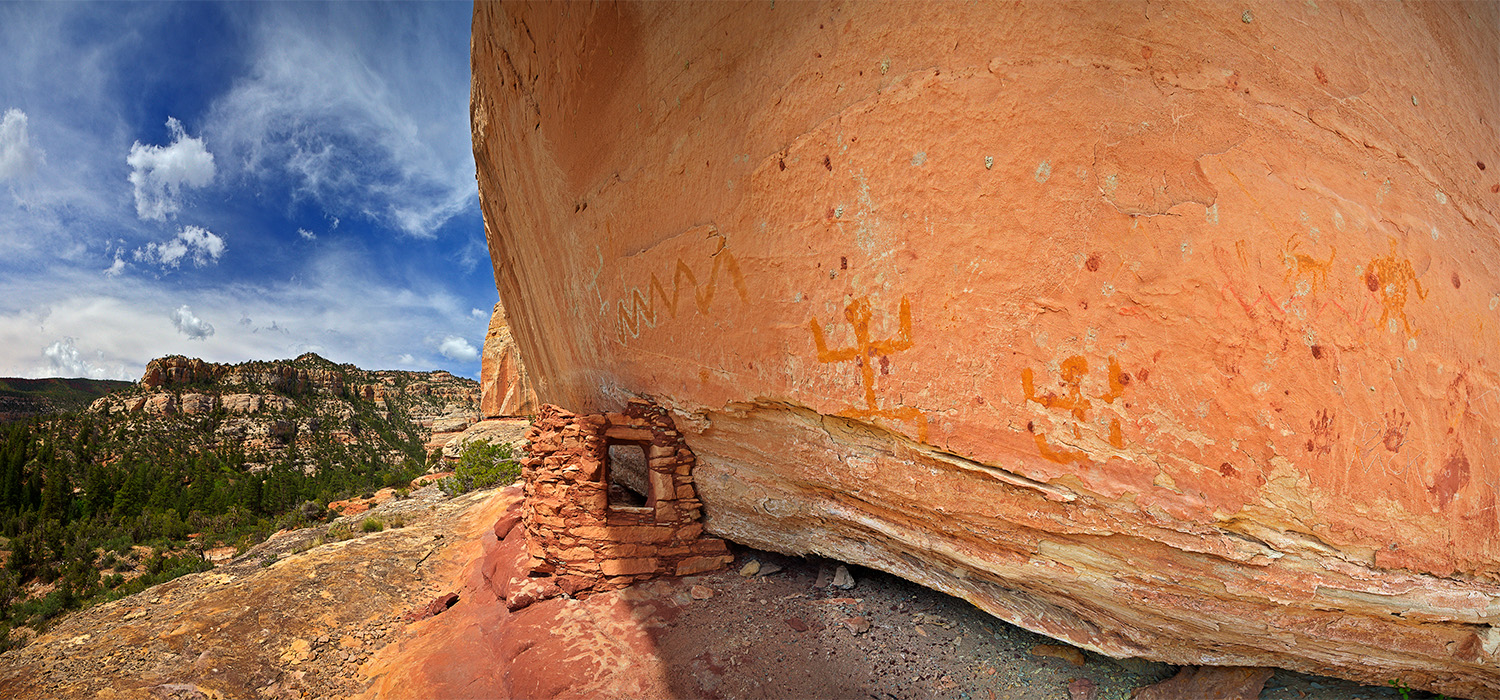
 by Tim Peterson, Utah Wildlands Director
by Tim Peterson, Utah Wildlands Director
Though it’s feeling a lot like spring on parts of the Colorado Plateau, high above Cedar Mesa in southeast Utah, the Bears Ears still wear their winter blanket of snow. On the high plateaus, and throughout the cliffs and canyons, springs are being recharged with snowmelt, and soon flowers will emerge as the landscape prepares for permanent protection from President Obama in this “Year of Bears Ears” —2016.
You can help make sure 2016 is indeed the “Year of Bears Ears.” If you have not already, please join us in support of the Bears Ears Intertribal Coalition (composed of the Hopi, Navajo, Zuni, Ute Mountain Ute, and Uintah and Ouray Ute governments), by signing the petition to President Obama to permanently protect the Bears Ears as a national monument.
Support for Bears Ears and the Intertribal Coalition is a growing—26 additional tribes and the National Congress of American Indians have endorsed the proposal to protect a 1.9 million acre national monument—one that would honor their ancestral connection to these singular lands while protecting them from irresponsible energy development, grave robbing, looting, and damage from uneducated visitors.
Bears Ears has been much in the news lately, and former government officials, writers, and artists are speaking out eloquently for protection:
Much ink has also been spilled recently over the supposed “controversy” of a national monument, by those who would like to exploit the resources of the Bears Ears. This sideshow is expected—all lands protected in Utah as national monuments and national parks throughout history have faced opposition from those who wish to ravage our public lands for short-term profit. Canyonlands, Capitol Reef, and Arches National Parks were all met with vociferous local opposition, but they are universally loved today. In 1961, just before Utah’s Canyonlands National Park was protected, Utah Governor George Dewey Clyde gestured over the Needles, saying: “Gentleman, Utah is a mining state, and you don’t realize we might need all this for building stone!” Today, toppling the magnificent multi-colored sandstone spires of the Needles to build homes is unthinkable, and history will judge Utah’s current Governor Gary Herbert’s comments opposing a Bears Ears National Monument similarly. The truth is that higher quality and more plentiful mineral resources exist elsewhere, and we owe it to future generations to set aside this astounding cultural landscape.
Just beneath the surface of this manufactured conflict is a powerful humanistic endeavor focused on healing, one that is deeply inspiring to all who hear it. Ute Mountain Ute Councilwoman Regina Lopez-Whiteskunk is one voice speaking on the importance of Bears Ears.
Our earth is crying for healing. Sometimes they say you don't only have a responsibility but sometimes events, sometimes opportunities, they choose you. The coalition here has been chosen not only by their people, but we've been chosen by our ancestors to speak and bring forth the huge issue of allowing them to rest in peace.
—Regina Lopez-Whiteskunk

Cultural landscapes are full of stories, artifacts, and resources to appreciate. Here's how ›
A small victory in the legal case challenging Daneros uranium mine, near Bears Ears National Monument.
Read MoreMugs, handmade soaps, high fashion, jewelry and more. There's something for everyone on your holiday shopping list.
Read MoreBears Ears petroglyph panels and cultural sites protected by new proposed management plan.
Read More